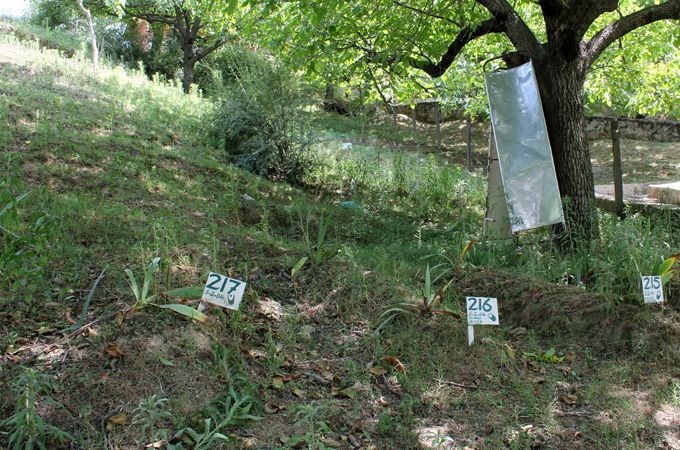
Rescue workers in Bangladesh said Friday they found a female survivor buried amid the wreckage of a garment factory building that collapsed 17 days ago and killed more than 1,000.
Army officials ordered workers to stop clearing the site with bulldozers and cranes as they tried to free a woman they said might still be alive. A soldier at the scene said rescuers found a woman in the debris and she waved her hand in response to them.
Rescuers used a handsaw as well as welding and drilling equipment to try to cut through the iron rod and debris trapping her. They asked for a small oxygen cylinder to be brought to the site.
Hundreds of people, who had been engaged in the grim job of removing decomposing bodies from the site, raised their hands together to pray to Allah for the woman to be freed alive. A man on a loudspeaker led the supplicants: "Allah, you are the greatest, you can do anything. Please allow us all to rescue the survivor just found."
"We seek apology for our sins. Please pardon us, pardon the person found alive," he said.
The head of the fire service earlier said the woman, named Reshma, had been found in the remains of the second floor of the eight-storey Rana Plaza.
She had no serious injuries and had been talking with rescuers, he added.
The dramatic news came after the army said more than 1,000 people were now known to have died in the disaster.
The death toll is expected to keep climbing, as work crews using heavy machinery have begun removing rubble from the worst-damaged areas.
On Friday afternoon, as soldiers cleared a floor, they heard sounds below, correspondents say.
Officers immediately ordered workers to stop clearing the site.
Detection equipment was sent in and they saw a woman waving her hand. She shouted "I'm still here" and said her name was Reshma.
Within minutes, hundreds of soldiers and firefighters rushed to the scene to help clear the rubble, says the BBC Bengali service's Akbar Hossain.
Cutting and drilling equipment was brought in to get through iron rods and debris. Not long afterwards, she was pulled from the rubble and the crowd erupted in cheers, our correspondent says.
The woman was taken to an ambulance and then rushed to a nearby military hospital.
Rescuers said it was possible that the woman survived because of the large quantities of oxygen and water that were pumped into the ruins in the early stages of the rescue effort.
Workers at the site had been clearing the rubble since the collapse April 24. More than 2,500 people were rescued in the immediate aftermath of the disaster. However, no survivors have been found in the wreckage since April 28.
Death toll still rising
The death toll from a garment factory building that collapsed more than two weeks ago outside the Bangladeshi capital soared past 1,000 on Friday, while the list of the dead from a fresh fire at a sweater manufacturer showed the entanglement of the industry and top Bangladeshi officials.
Officials said 1,034 bodies have been recovered from the rubble of the fallen factory building as of Friday morning. There was no sign of where the toll might finally settle as more bodies were being found, but it is already the world's deadliest garment industry disaster and one of the worst industrial accidents.
The country's powerful garment industry has been plagued by a series of disasters in recent months, including a November fire at the Tazreen factory that killed 112 and the building collapse. DNA testing needed to ID remains
More than two weeks after the building in the suburb of Savar collapsed, workers with cranes and other heavy equipment were still pulling apart the rubble and finding more bodies. On Friday, authorities said the death toll had risen to 1,021 and it was unclear how many more people remained missing. More than 2,500 people were rescued alive after the April 24 accident.
Maj. Ohiduzzaman, an army official who uses only one name, said 100 decomposing bodies have been kept at a makeshift morgue at a school and were to be sent to hospitals in Dhaka for DNA testing to identify them.
Friday 10 May 2013
http://www.bbc.co.uk/news/world-asia-22477414
http://www.cbc.ca/news/world/story/2013/05/10/bangladesh-death-toll-over-1000-friday.html



